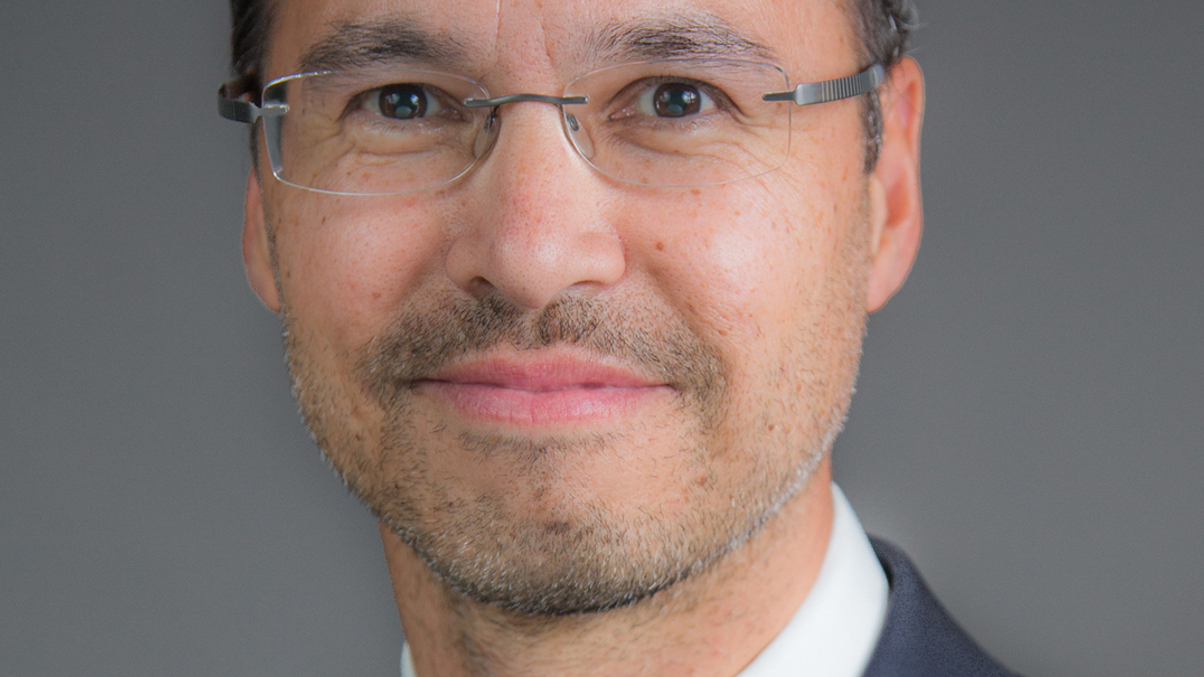Biggest 500 investors saw assets rise 8% in 2012
European and US investors seem to have driven this growth, with Asian entities not faring so well overall.

Assets managed by the world’s 500 largest investors – incorporating both asset managers and owners – rose 8% in 2012, making up lost ground from 2011, finds a survey released yesterday.
Sign In to Your Account
Access Exclusive AsianInvestor Content!
Please sign in to your subscription to unlock full access to our premium AI resources.
Free Registration & 7-Day Trial
Register now to enjoy a 7-day free trial—no registration fees required. Click the link to get started.
Note: This free trial is a one-time offer.
¬ Haymarket Media Limited. All rights reserved.


